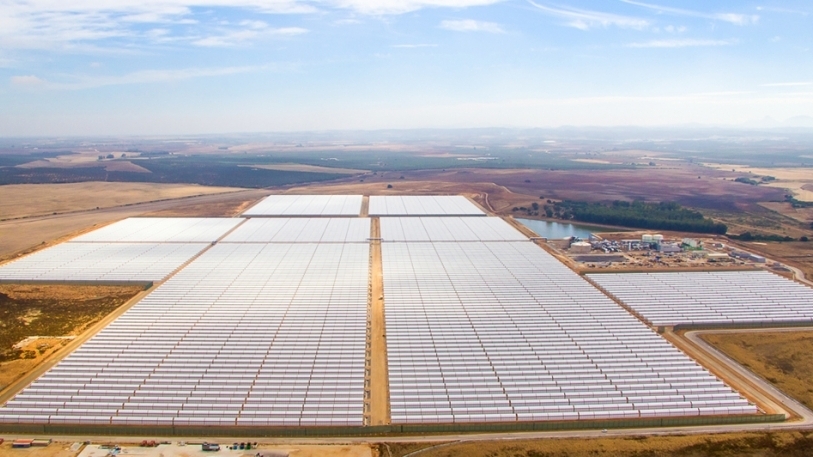
Two thirds of capital owners to increase nature-focused allocations
Over two-thirds of global investors engaged in nature investment plan to increase their allocations next year, with American capital owners leading the charge.
Despite anti-ESG pressures, 87% of U.S. investors plan to allocate capital to nature, according to a survey conducted by climate change advisory firm Pollination.
Pollination researchers spoke to 557 institutional investors, with 332 managing over $100bn in assets under management, across the UK, U.S., Australia, France, Singapore and Japan.
Following the Taskforce on Nature-related Financial Disclosures (TNFD) launching its framework earlier this week and growing interest in nature’s investment potential, the data reaffirms a growing investor interest in nature-related investments.
Three-quarters think that nature-related investments will evolve entirely or partially into an asset class of their own.
Investors in all regions share the view that some, or all nature-related investments can be classified as an asset class (75%), with larger investors more likely to hold this view.
U.S. investors are the most active on investing in nature, they are closely followed by Singapore (79%) and Australia (76%).
“It is clear that investors across the globe are starting to recognise the potential nature-related investments have for producing returns as well as reducing systemic risk, alongside protecting and improving the natural environment," said Martijn Wilder, co-founder and CEO of Pollination.
Search for returns
Many investors are looking for both returns and impact when they make investments in nature, but 23% said they were motivated firstly by improving environmental outcomes.
Yet perceptions differ globally.
UK investors were the least likely to highlight improved nature outcomes as a primary reason to allocate more funds, and the most likely to highlight short-term returns as the primary incentive.
"It is clear that investors across the globe are starting to recognise the potential nature-related investments have for producing returns."

British investors were also the least likely globally to highlight activist pressure as a driver of their engagement with nature, according to the research by advisory and investment firm Pollination.
Many investors indicated they are driven towards nature investments following activist pressure, although its impact ranges across the world.
While only 16% of English investors cite activist pressure as a driver, half (50%) of Singaporean investors give the same answer.
Researchers spoke to 557 institutional investors, with 332 managing over $100bn in assets under management, across the UK, U.S., Australia, France, Singapore and Japan.
TNFD framework
Earlier this week, TNFD, a network of 40 investors with more than $20 trillion in assets under management outlined a set of 14 recommendation, aimed at incorporating disclosures on nature risk into firm’s governance, strategy, risk and impact management, and metrics and targets. These four pillars mirror those of TCFD reporting standards.
The recommendations, which came two years since the launch of the initial consultation process, aim to inform better decision making by companies and capital providers, and ultimately contribute to a shift in global financial flows toward nature-positive outcomes and the goals of the Kunming-Montreal Global Biodiversity Framework.
“The TNFD’s final framework marks another step in the journey towards a nature positive future, one which will be material for companies and investors," Wilder continued.
"It further clarifies the path for investors to integrate nature-related risks and opportunities into their strategies. We need to recognise this as a watershed moment; for both systems-level change, and for the nations and institutions working to transform our relationship with nature," he concluded.
Also read
Milestone for nature as TNFD reveals final recommendations




